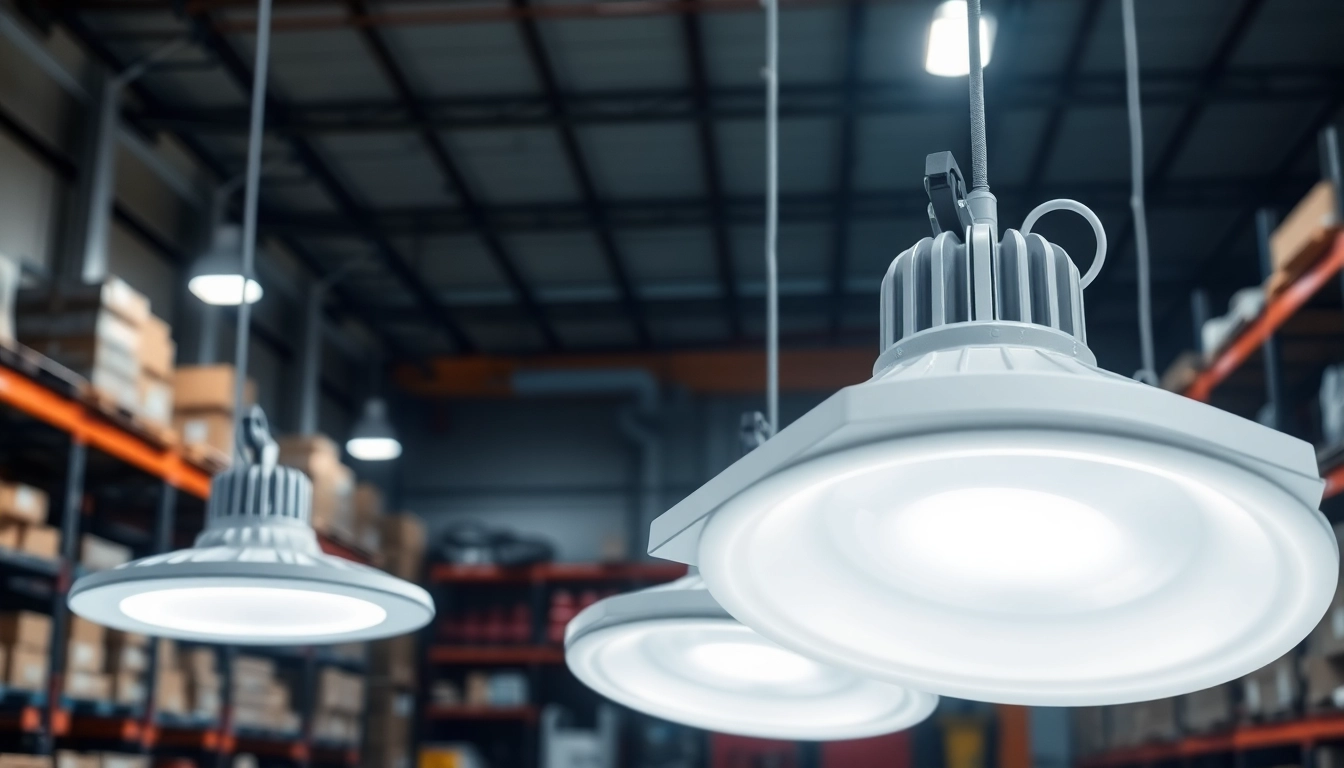Understanding Vapor Proof Light: Features and Benefits
In industrial and heavy-duty settings, safety and functionality are non-negotiable. One significant innovation that addresses these needs is the Vapor Proof Light. These lights are designed to withstand challenging environments, providing not only illumination but also protection against hazardous conditions. This article delves into the features, advantages, applications, and installation aspects of vapor proof lighting, making a compelling case for their integration in various settings.
What Makes Vapor Proof Light Different?
Vapor Proof Lights are engineered to resist moisture, dust, and other contaminants, making them particularly useful in areas prone to spills, gas, or humidity. The physical construction typically includes sealed fixtures with tempered glass or polycarbonate lenses that ensure durability while maintaining high light output. Additionally, these lights come with features like corrosion resistance, ensuring prolonged performance in challenging environments.
Key Advantages of Using Vapor Proof Light
- Durability: Vapor proof lights are crafted from robust materials that endure physical impacts, harsh chemicals, and corrosive elements.
- Safety: These fixtures minimize the risk of electrical failures or explosions, making them ideal for various industrial applications.
- Energy efficiency: Many vapor proof fixtures are equipped with LED technology, considerably reducing energy consumption and maintenance costs.
- Versatility: They can be used in numerous locations, including garages, warehouses, food processing plants, and outdoor areas.
Common Applications for Vapor Proof Light
Vapor Proof Lights excel in environments that require heightened safety measures and consistent illumination. Common applications include:
- Food and Beverage Processing Facilities
- Pharmaceutical Manufacturing Plants
- Pulp and Paper Mills
- Petroleum Refineries
- Commercial Kitchens
- Outdoor Spaces like Parking Lots and Walkways
Installation Considerations for Vapor Proof Light
Placement and Positioning Guidelines
Proper placement of vapor proof lights is crucial for maximizing efficiency and safety. Factors to consider include:
- Height: Install fixtures at appropriate heights to avoid unnecessary damage and to provide optimal lighting.
- Spacing: Follow the manufacturer’s recommendations for spacing between fixtures to ensure adequate illumination without causing unwanted shadows.
- Environment: Consider factors such as ambient temperature, humidity levels, and potential exposure to chemicals when determining placement.
Wiring and Electrical Requirements for Vapor Proof Light
Wiring vapor proof lights requires adherence to specific electrical standards to ensure safe operation. Key considerations include:
- Use of suitable gauge wiring to handle the electrical load.
- Adherence to National Electrical Code (NEC) regulations.
- Implementation of necessary conduits to protect wiring in challenging environments.
Choosing the Right Fixtures for Your Needs
Selecting the appropriate vapor proof light involves evaluating multiple factors:
- Light Output: Assess the lumens required for your specific application.
- Mounting Options: Select units that offer versatile mounting capabilities based on your installation environment.
- Energy Efficiency: Consider LED options that offer significant energy cost savings over traditional lighting solutions.
Maintenance Tips for Vapor Proof Light Fixtures
Regular Cleaning and Inspection Practices
To maintain optimal performance, regular cleaning and inspection are essential. Recommended practices include:
- Wiping down fixtures with appropriate cleaning solutions to prevent debris buildup.
- Inspecting seals and gaskets for deterioration and replacing them as needed.
- Checking for signs of corrosion or physical damage to the fixture.
Signs That Your Vapor Proof Light Needs Replacement
Being proactive about detecting issues can save money and improve safety. Common signs include:
- Flickering or inconsistent light output.
- Visible damage to the fixture or lens.
- Corrosion around electrical connections.
Extending the Lifespan of Vapor Proof Light
To maximize the lifespan of your vapor proof lights, consider the following strategies:
- Use surge protectors to safeguard against electrical spikes.
- Schedule routine professional inspections and maintenance.
- Upgrade to modern LED fixtures that have longer lifespans and lower failure rates.
Comparing Vapor Proof Light to Alternatives
Vapor Proof Light vs. Regular Light Fixtures
While regular light fixtures may perform adequately in typical conditions, they fall short in hazardous environments. Key differences include:
- Vapor proof lights are sealed and resistant to moisture, while regular fixtures are vulnerable to corrosion and damage.
- Vapor proof lights are designed for safety, reducing the risk of explosions or electrical failures.
When to Choose Vapor Proof Over Other Solutions
Opting for vapor proof lighting is essential in situations where:
- Exposure to dust, moisture, or corrosive substances is commonplace.
- Safety regulations necessitate the use of protective lighting solutions.
Cost-Benefit Analysis of Vapor Proof Light
While the initial investment in vapor proof lights may be higher than standard options, a cost-benefit analysis reveals long-term savings through:
- Reduction in maintenance and replacement costs due to durability.
- Lower energy consumption when utilizing LED technology.
- Enhanced safety, potentially reducing costs related to accidents or damages.
Future Trends in Vapor Proof Light Technology
Innovations in Energy Efficiency for Vapor Proof Light
As technology evolves, so too do the advancements in vapor proof lighting. Emerging trends include:
- Integration of smart sensors that adjust light levels based on environmental conditions.
- Development of more efficient LED chips that enhance brightness while minimizing energy use.
Integration with Smart Technologies
The rise of smart technology is making its way into industrial lighting solutions. Potential applications include:
- Remote management systems that allow monitoring and controlling of light fixtures via apps.
- Predictive maintenance features that provide alerts when fixtures require attention.
Environmental Considerations in Vapor Proof Light Design
As sustainability becomes a priority, manufacturers are focusing on creating eco-friendly vapor proof lighting solutions. These include:
- Use of recyclable materials in the production of fixtures.
- Energy-efficient designs that reduce carbon footprints and meet environmentally friendly standards.
